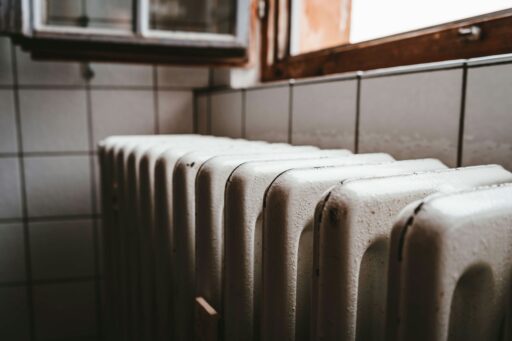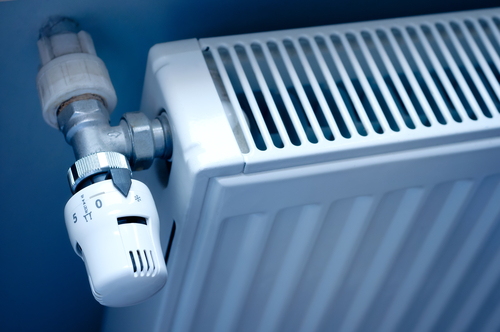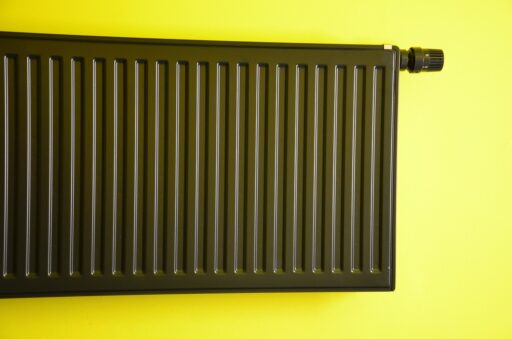Your central heating pump is a key part of your heating system, and it’s vital that it’s in good working order for your system to function efficiently. Signs that your pump is starting to fail may be the radiators taking longer to heat up or the pump itself becoming noisy or getting excessively warm in operation.
Central heating pumps fail for a number of reasons. They may become clogged up with sludge, the pump impeller may wear or the pump bearings may fail. If your pump stops working altogether, it may be due to an electrical fault rather than the pump itself, so it’s worth checking for loose connections or blown fuses before deciding to replace the pump.
Replacing a central heating pump may sound like a daunting task, but in fact it’s a task that can be undertaken by a competent DIYer. You’ll need a plumber’s wrench or adjustable spanner, an electrician’s screwdriver and a bowl or towels to catch any stray water.
If the system is hot, you should wait for it to cool before you begin. Make sure you note which way round the pump goes and the position of the electrical connections – write this down or take photos with a digital camera or phone. Before you start, isolate the power to the heating system by removing the fuse. In most modern installations there will be isolator valves on either side of the pump. By closing both of these, you are able to change the pump without needing to drain the whole system.
First disconnect the electrical supply to the pump. Then with the valves closed you can undo the nuts holding the pump in place. A small amount of water will escape when you do this, so be prepared to catch it in a bowl. You’ll also need a towel or paper towels to soak up any spillage – if you have young children, a disposable nappy is good for this. Next lift the old pump out and check the valves aren’t clogged with debris or sludge. It’s a good idea to replace the washers to ensure a good seal; then put the new pump in place, making sure the flow direction is as before. Tighten up the nuts, and then open the valves and check for any leaks before proceeding.
If everything is right and there are no leaks, you can connect the new pump to the electrical supply and turn the system back on. Check that the expansion tank overflow doesn’t discharge water when the pump starts. If it does, you need to consult a plumber.
If there were no isolation valves and you needed to drain and refill the system, make sure that it’s topped up with corrosion inhibitor once you’ve finished.





